I love wearing petticoats! Recently I wrote a post about the history of petticoats and discovered that our readers love them as well. I am also a big fan of the history of the corset and its variations over time. It is therefore surprising that I have never done much digging into the history or prevalence of Victorian and Edwardian combination garments. While I often see them advertised in 19th-century publications I never really thought too much about them. In reality, they were very widely used for several decades until corsets went out of fashion.
Shall we take a look?
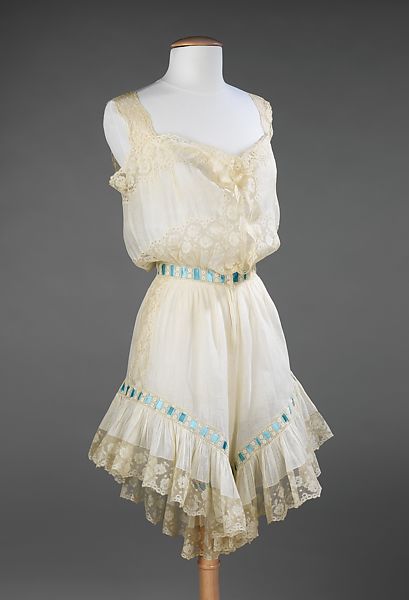
Combination garments: a short history
Combination undergarments began to be widely used in the 1870s. At this time, a woman’s wardrobe was all about getting the layers right. Some of the most basic undergarments were:
Chemise/corset cover
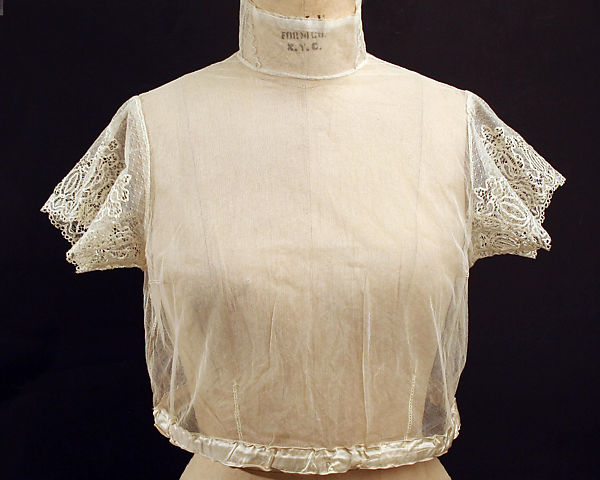
A chemise, or corset cover, was one of the most basic underpinnings from at least the 1500s on. Because of the cost of woman’s dresses and also the difficulty in laundering them it was worn underneath a top to protect it from coming into direct contact with the skin. Once corsets became standard they were meant to protect both the corset and the gown. It was the item of clothing from a woman’s wardrobe that was washed most regularly.
Petticoat
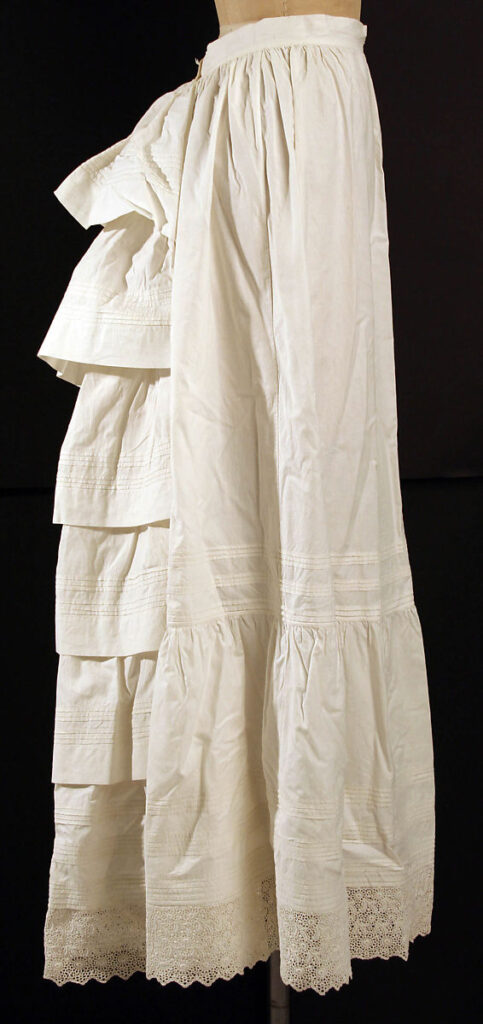
Petticoats were used for various purposes throughout history. In the 1870s they would have been used for each of the standard reasons: to provide warmth, add modesty, and to facilitate the desired silhouette of the time.
Want to learn more? Check out our post: All About Petticoats
Drawers
Drawers, or pantaloons, were worn from about the mid-18th century up until layers went obsolete in the 1910s. They took many forms over the years but served the same purpose, to cover the lower part of a woman’s body, primarily for modesty. In the 1870s they were typically made of linen, wool, or cotton. They were open in the middle for, shall we say, convenience.
Types of Combination garments
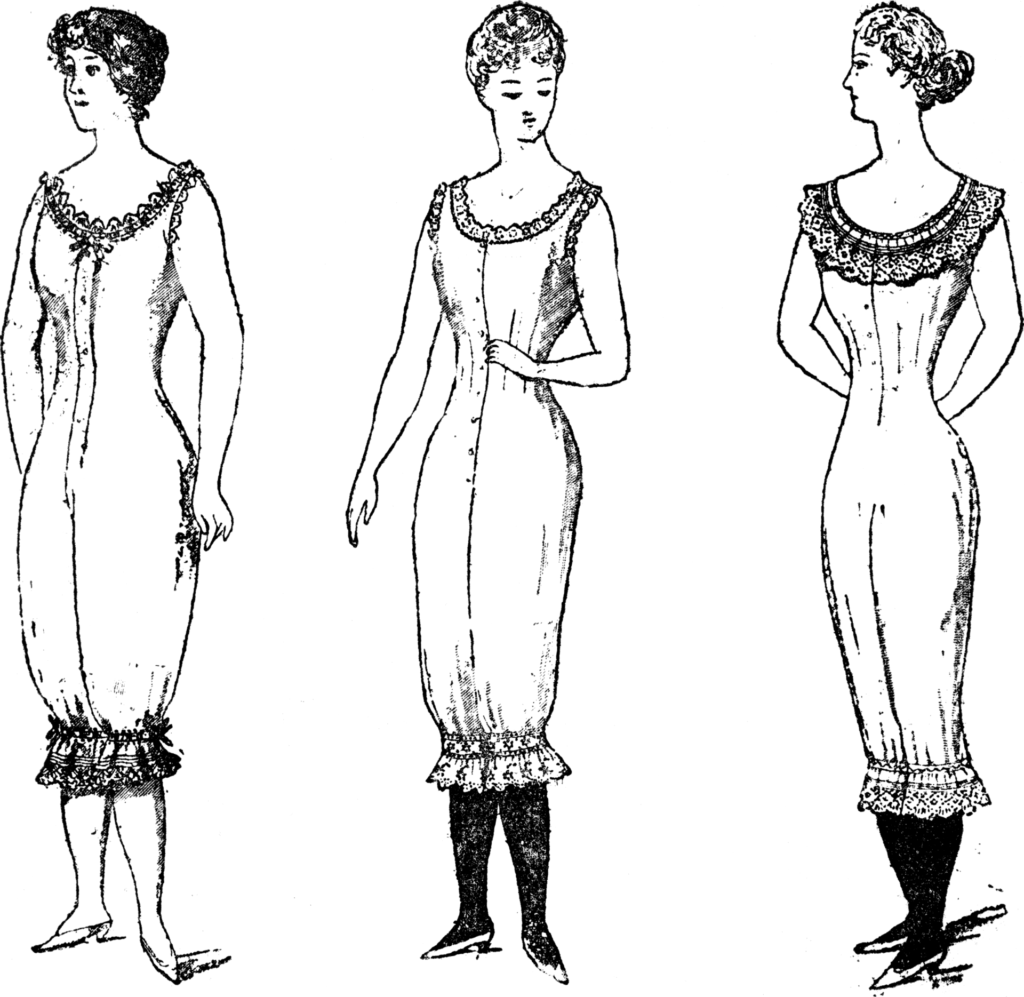
As we have seen many times on this blog, in the late 19th century women’s clothing began to move rapidly toward comfort and convenience (though with some notable diversions along the way, such as the hobble skirt). In the 1870s the standard silhouette for women was a tight bodice and a full but straight skirt.
Wearing a separate chemise, petticoat, and pair of pantaloons created a bit of bulk. As pointed out by FIDM Museum: “A 1905 advertisement for the Leona combination undergarment sings the praise of combinations in general, and the Leona in particular, declaring “Leona leaves no fullness, puckers or bunches at the waist or hips.”
Petticoats, chemises, and pantaloons were all meant to be unseen with minor exceptions for sporting activity. However, Victorian women were all about the details and their undergarments were lovely pieces of clothing with gorgeous embellishments. Combination undergarments kept this trend going, using delicate designs with lace and ribbon. A wonderful example is seen in the video by Pour La Victoire below.
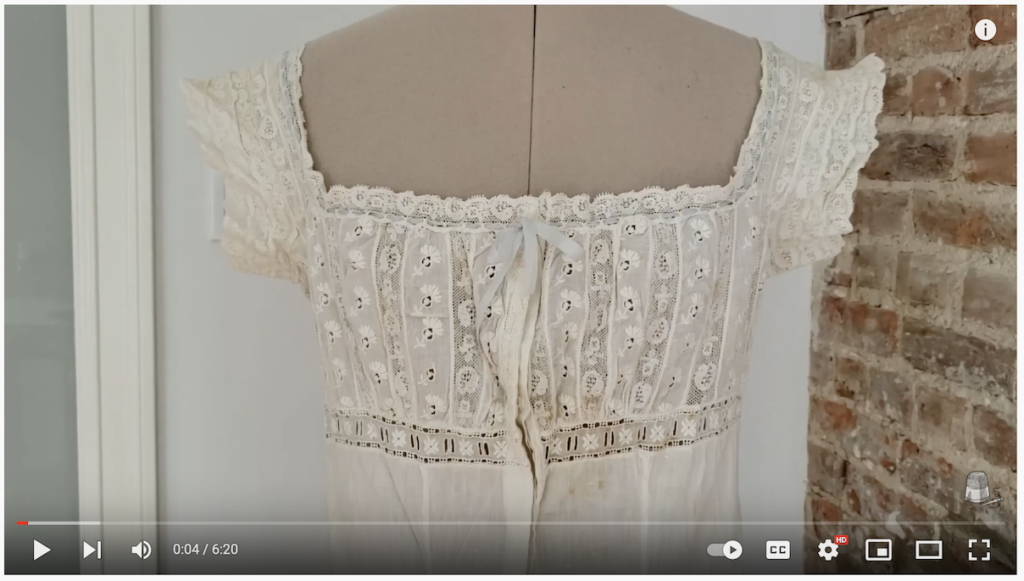
Examining Antique Edwardian Combinations | Corset Cover & Petticoat in One Undergarment!
Combination garments took a fairly drastic turn in the Edwardian era, becoming more “filly” on the top and naturally, shorter with each passing year. They were also less fitted that Victorian combinations were, reflecting the trend away from corsets.
Combination garments took a few basic forms. Here are some of my favorites of each.
Corset cover/pantaloons
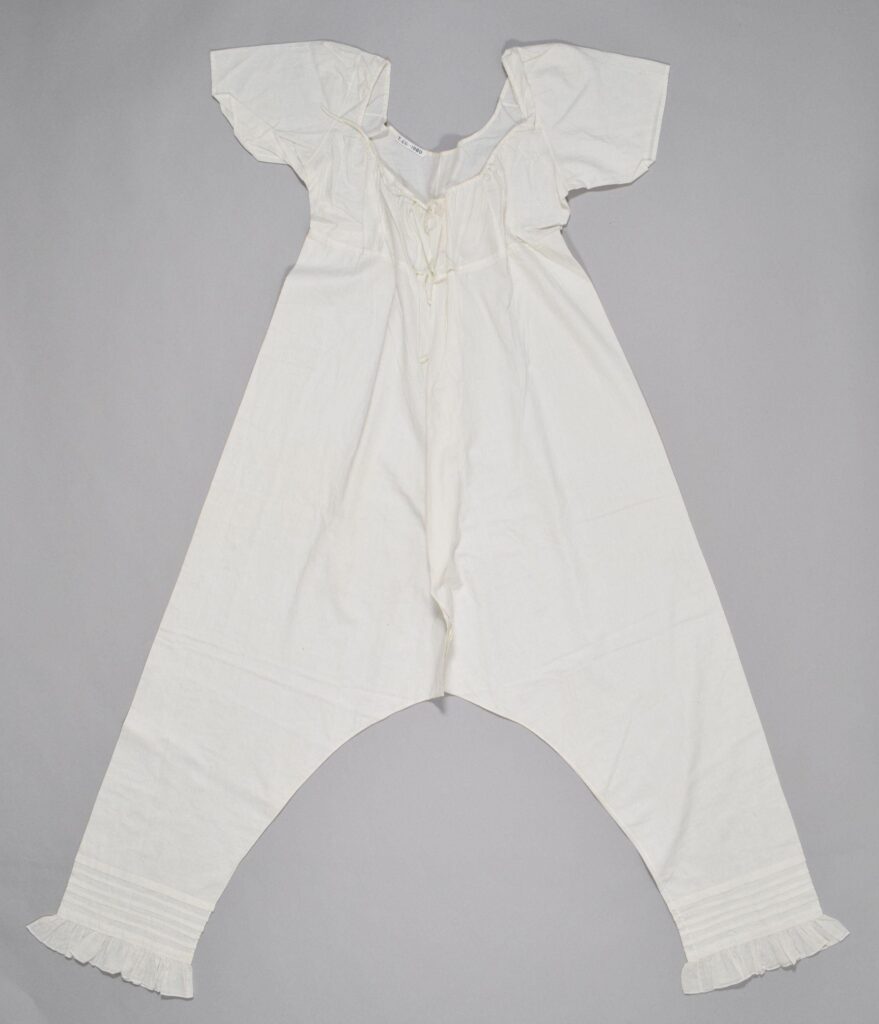
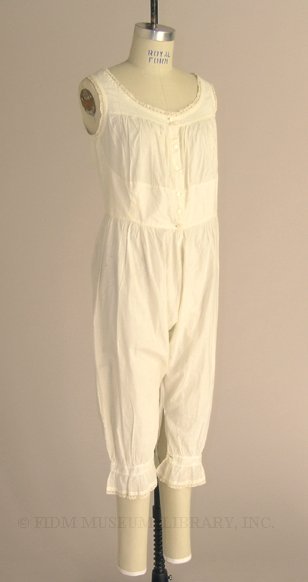
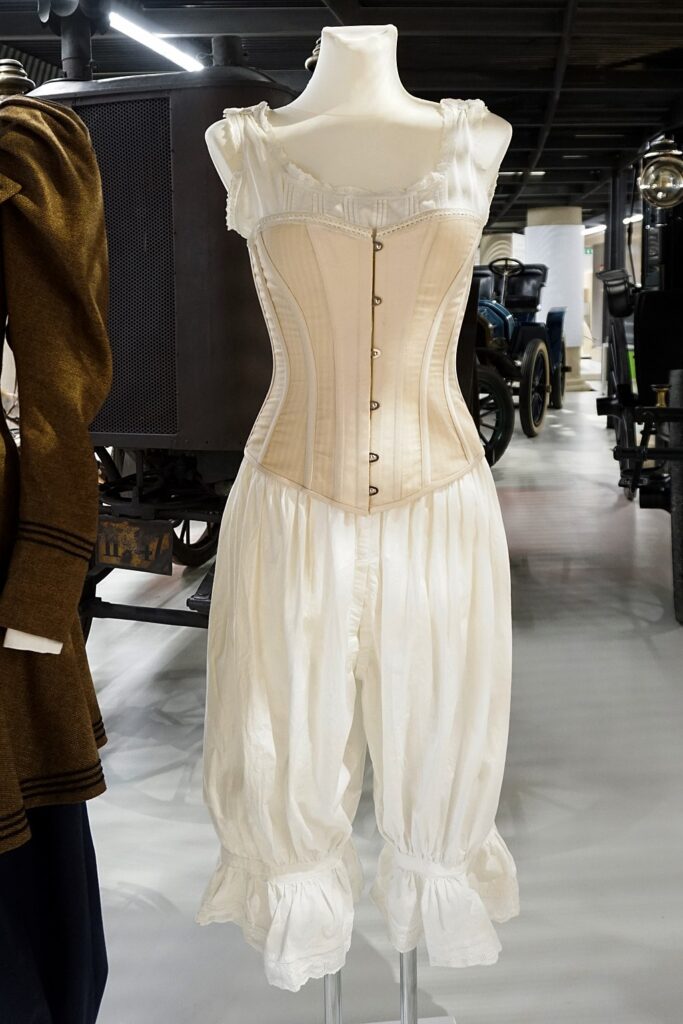
Corset cover/petticoat
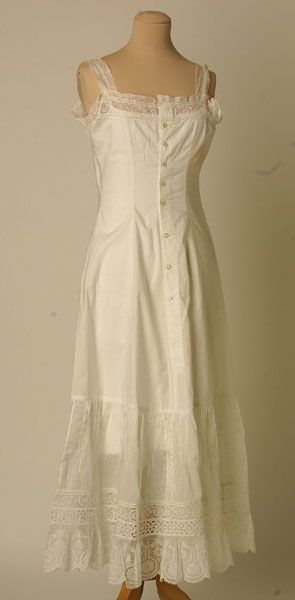
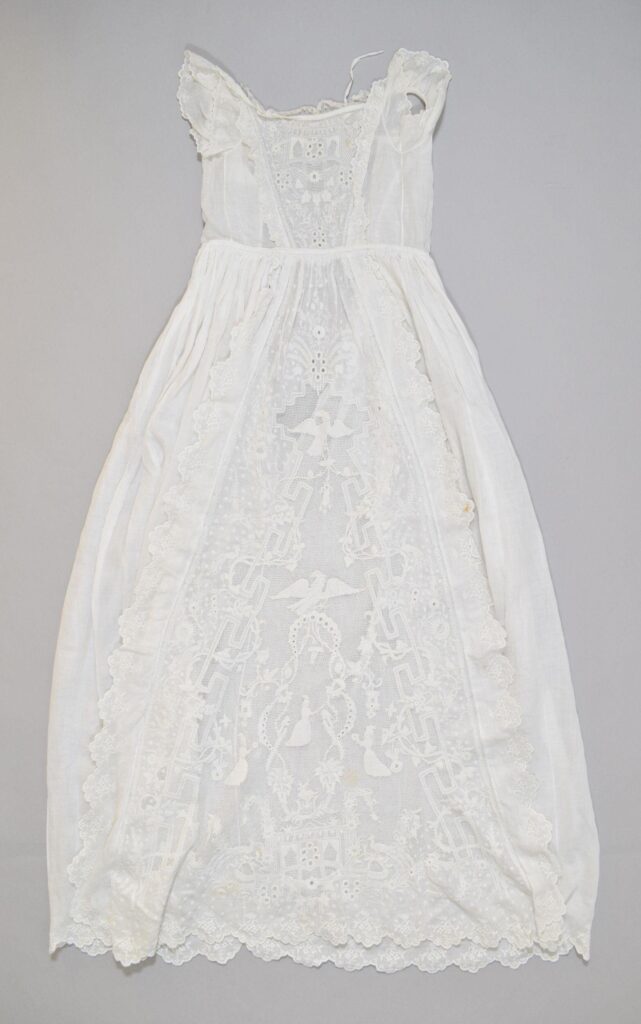
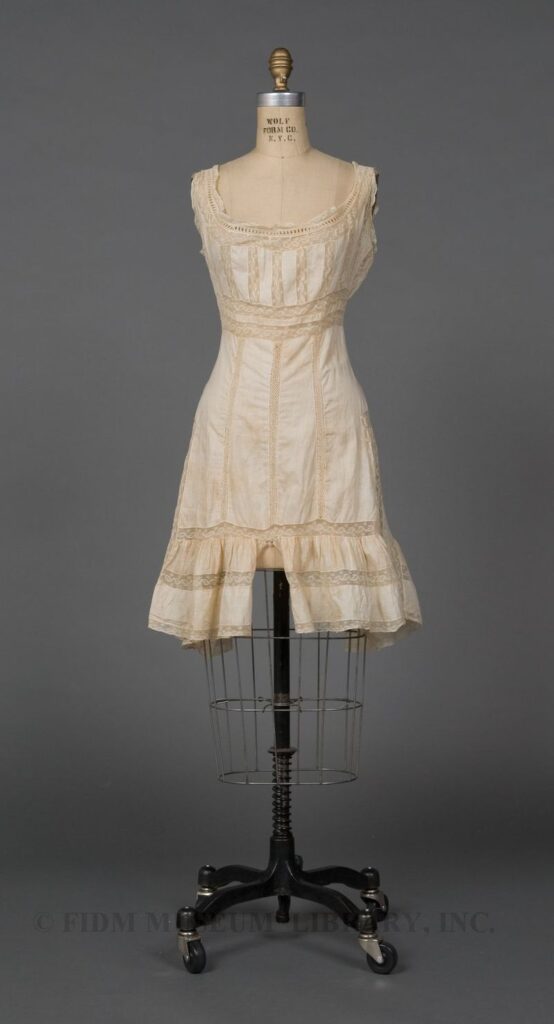
Image source: FIDM
Corset cover/petticoat bustle
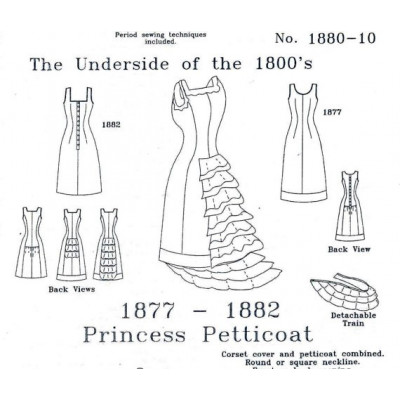
Image source: Vena Cava Design
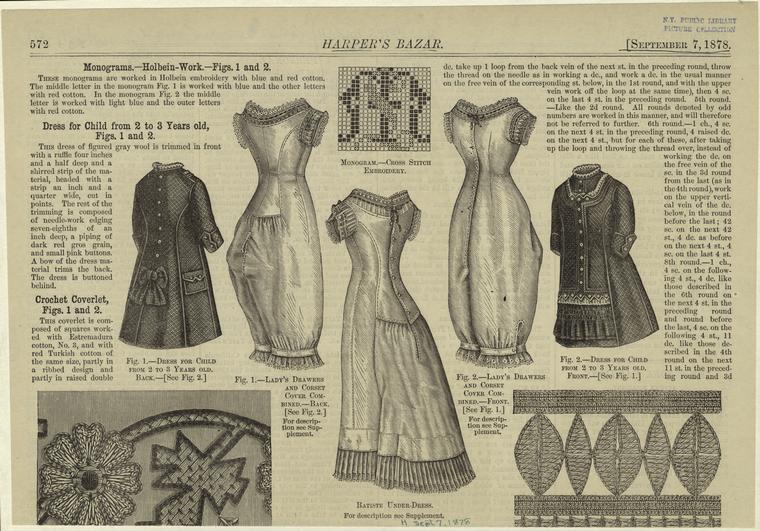
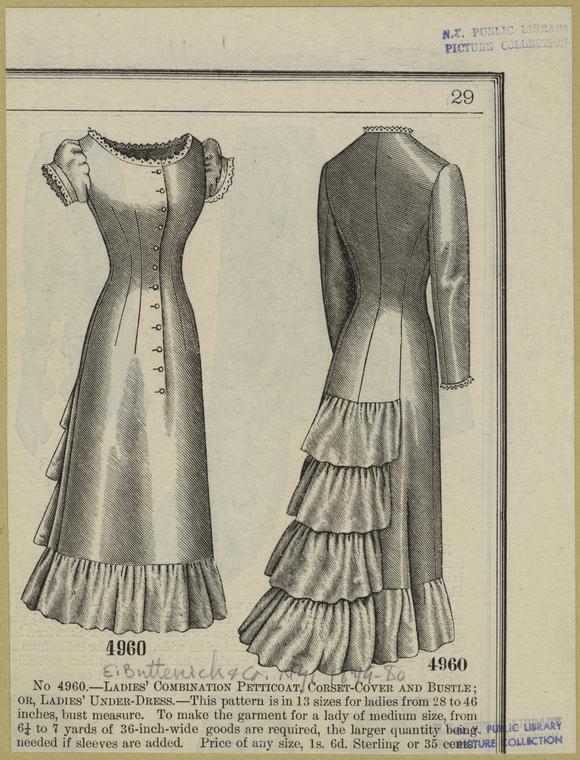
More about Victorian unmentionables:
The rise and fall of the bustle: a short history
Elegance at home: Victorian wrappers
One hundred years of nightgowns: from the Victorian era to the 1950s

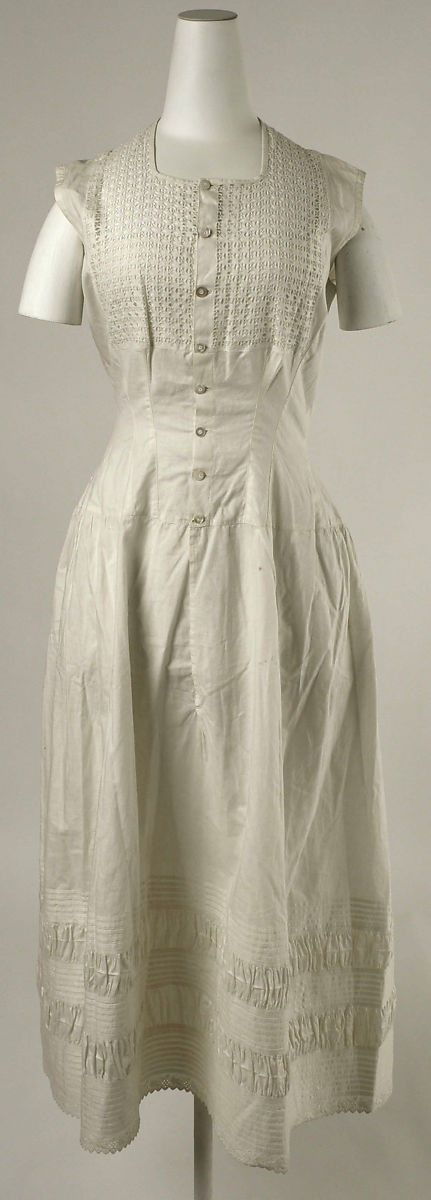
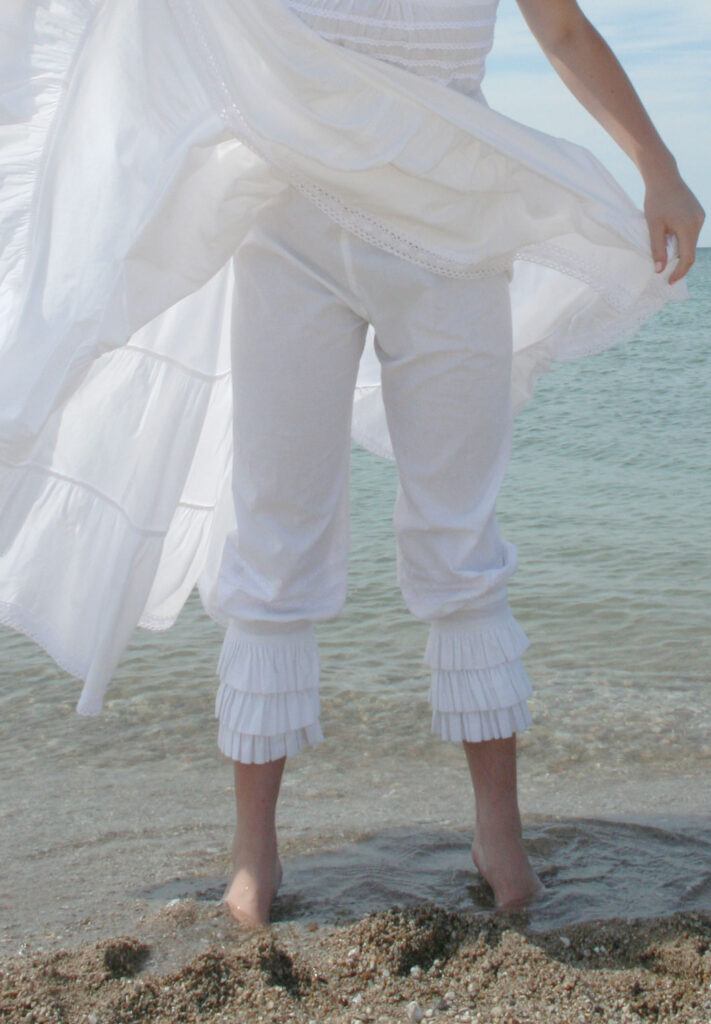












I made two combination undergarments from a Truly Victorian pattern, as I wear Victorian/Edwardian style garments when I do an author event – I write historical fiction, so it helps to dress the part, as well as attracting attention at an event.